In the mid-6th century, legend has it, St Brendan set off from Ireland with a currach-load of monks on a mission to find the Isle of the Blessed. The Irish like to think that his Atlantic odyssey took him to Newfoundland before the Vikings; what seems more probable, if you believe the medieval account, is that it brought him close to the shores of Iceland where he passed a mountainous island with ‘a great smoke issuing from its summit’ and ‘flames shooting up into the sky’.
Already a subscriber? Log in
Subscribe for just $2 a week
Try a month of The Spectator Australia absolutely free and without commitment. Not only that but – if you choose to continue – you’ll pay just $2 a week for your first year.
- Unlimited access to spectator.com.au and app
- The weekly edition on the Spectator Australia app
- Spectator podcasts and newsletters
- Full access to spectator.co.uk
Unlock this article
You might disagree with half of it, but you’ll enjoy reading all of it. Try your first month for free, then just $2 a week for the remainder of your first year.

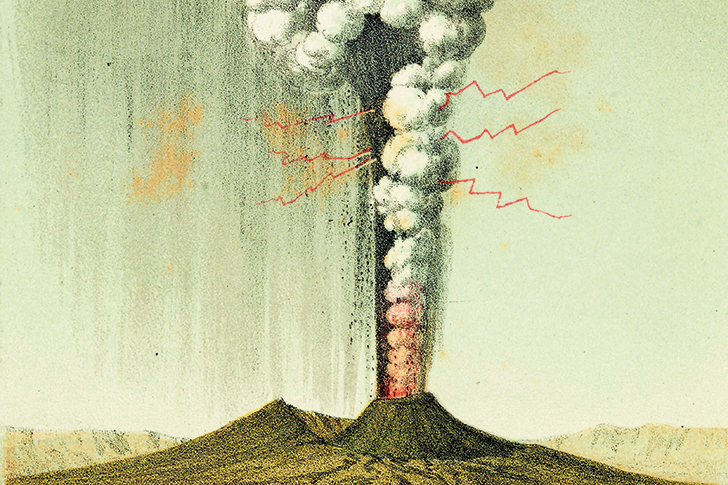
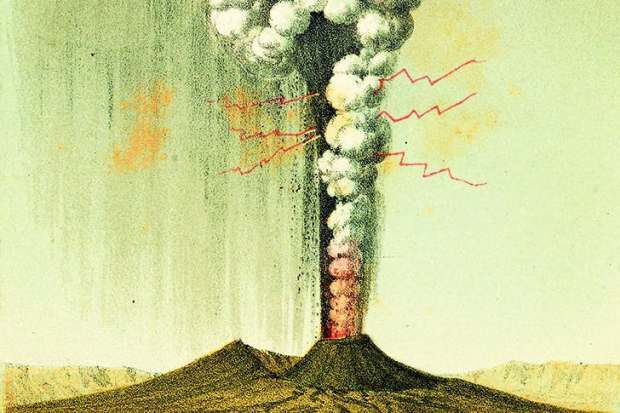
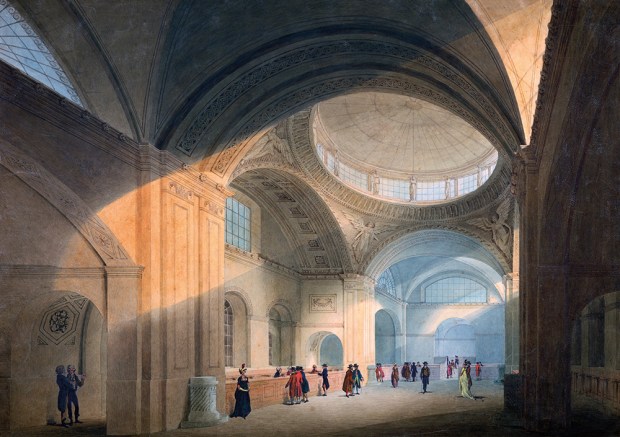
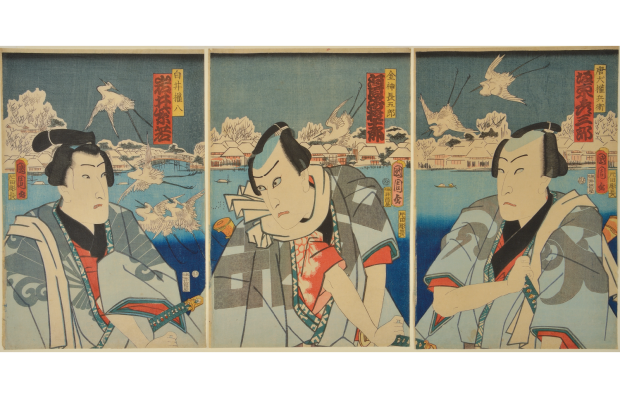
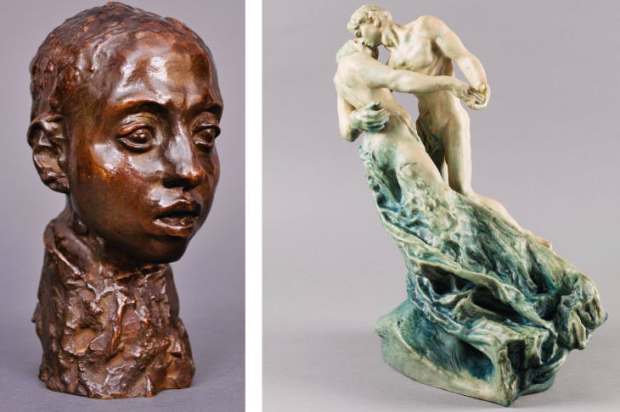








Comments
Don't miss out
Join the conversation with other Spectator Australia readers. Subscribe to leave a comment.
SUBSCRIBEAlready a subscriber? Log in